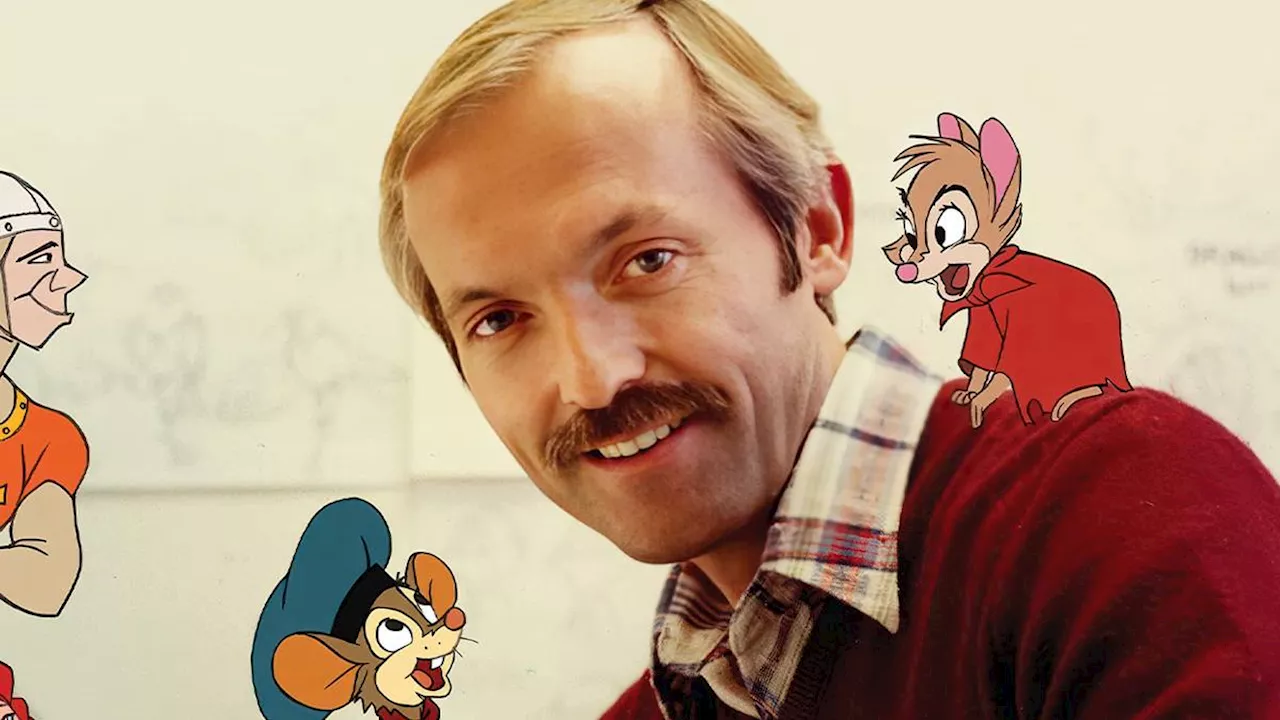Animator Don Bluth has long been a pivotal figure in the world of animation, recognized for his bold departure from the traditional practices of his former employer, Walt Disney. The new documentary, Don Bluth: Somewhere Out There, directed by Chad N. Walker and Dave LaMattina, explores Bluth’s remarkable journey, detailing how he established Don Bluth Entertainment in direct competition with Disney during a transformative era in the animation industry.
Bluth’s career began at Disney during a tumultuous time. Following the death of Walt Disney in 1966, the studio struggled to maintain the high standards set by its earlier works, such as Snow White and the Seven Dwarfs and Cinderella. By the late 1970s, disillusioned with Disney’s stagnation, Bluth made a bold move to leave the company and create his own studio. The documentary captures this pivotal moment as Bluth seeks to redefine animation, starting with his first feature, The Secret of NIMH.
Released in 1982, The Secret of NIMH was produced on a modest budget compared to Disney’s lavish projects but achieved significant respect and recognition. Bluth’s animation pushed the boundaries of what was possible, presenting a darker and more mature storytelling style that contrasted sharply with Disney’s family-friendly approach. The documentary highlights Bluth’s candid reflections on this period, emphasizing both the triumphs and the challenges his studio faced, including financial difficulties that eventually led him to relocate operations to Ireland.
Innovations in Animation and Storytelling
Throughout the 1980s, Bluth continued to innovate, not only in traditional animation but also in the realm of interactive entertainment. He developed groundbreaking video games such as Dragon’s Lair and Space Ace, which featured high-quality animation and set new standards for the arcade industry. This aspect of Bluth’s career is particularly fascinating, revealing his foresight into the potential intersections of animation and technology.
Despite his successes, Bluth openly acknowledges the shortcomings of his projects, particularly in terms of narrative strength. In interviews featured in the documentary, he reflects on how the lack of compelling scripts often hindered the full realization of his artistic vision. This self-awareness adds a layer of depth to the portrayal of Bluth as both an innovator and an artist grappling with the complexities of creative collaboration.
While the documentary provides a thorough overview of Bluth’s professional life, it occasionally lacks a chronological clarity that might help viewers better understand the timeline of his achievements. It also offers a glimpse into Bluth’s personal struggles, including his upbringing and the pressures of competing with Disney. His deep-rooted Mormon faith and his reflections on masculinity reveal a more vulnerable side to the animator, yet the film could delve deeper into these aspects of his life.
A Legacy Beyond Competition
The documentary concludes by examining Bluth’s legacy in the animation industry. While he championed a competitive spirit that challenged Disney to elevate its standards, it is also evident that this rivalry contributed to his exit from the mainstream animation landscape. The closing sections of the film fast-forward through nearly three decades, leaving audiences curious about the personal and professional developments during that time.
In recent years, Bluth has expressed gratitude for his experiences and has rekindled his passion for storytelling, now exploring new avenues such as stage writing. His reflections resonate with a sense of fulfillment, yet one cannot help but feel that the documentary could have offered greater insight into the personal journey that shaped him.
Despite its structural flaws and occasional lack of depth in personal storytelling, Don Bluth: Somewhere Out There stands as a compelling tribute to one of animation’s most daring figures. Bluth’s journey not only illustrates the power of creativity in the face of adversity but also highlights the importance of pushing artistic boundaries, ultimately enriching the world of animation for future generations.
The documentary runs for 83 minutes and provides an engaging look at Bluth’s impact on the animation industry, making it a must-see for both animation enthusiasts and casual viewers alike.
